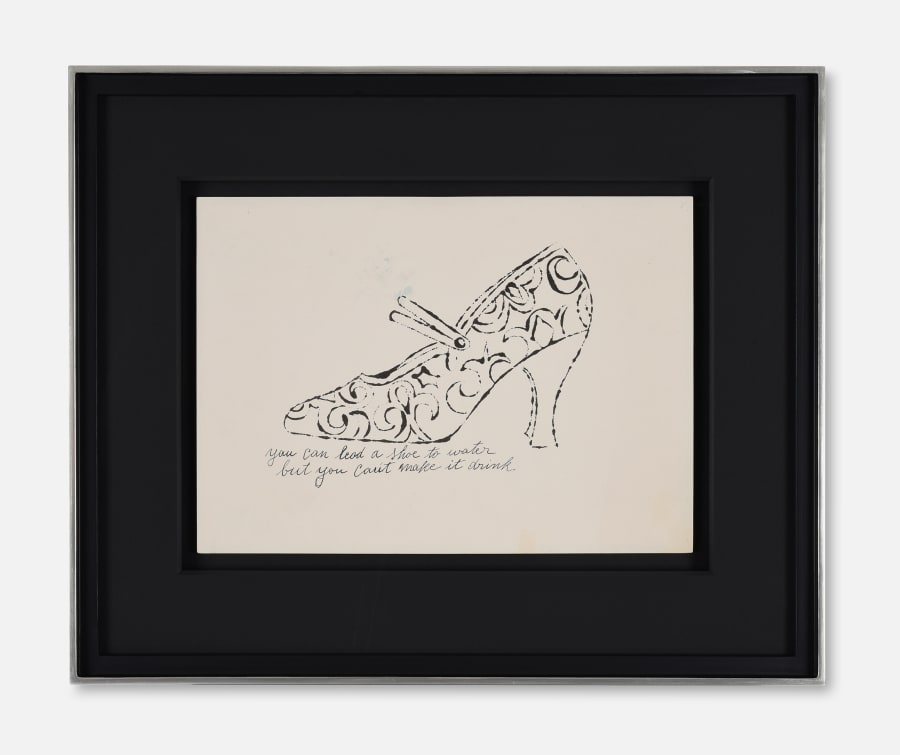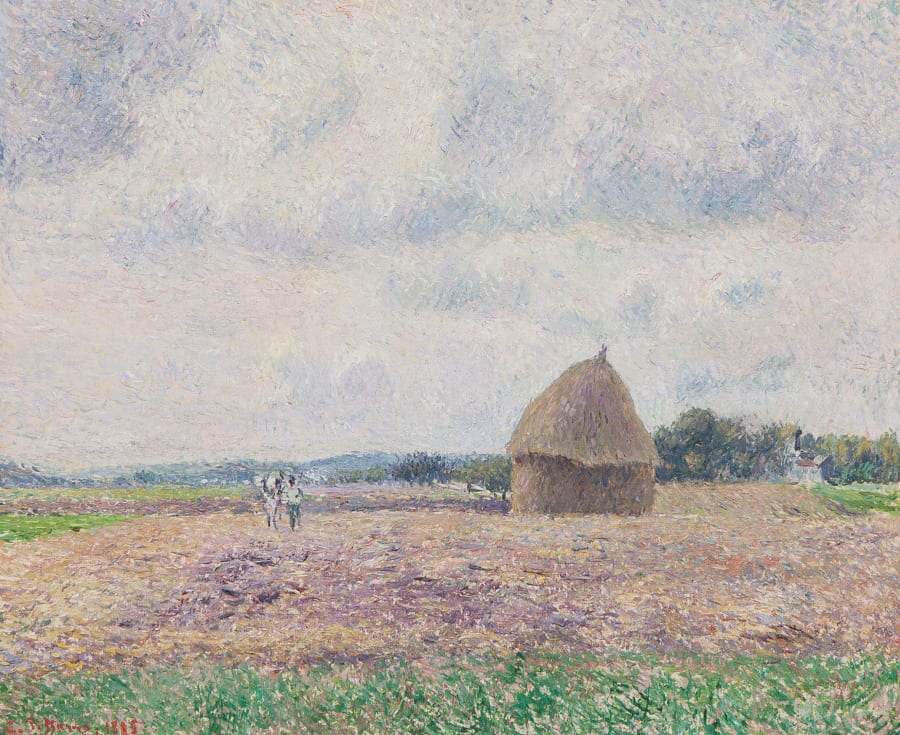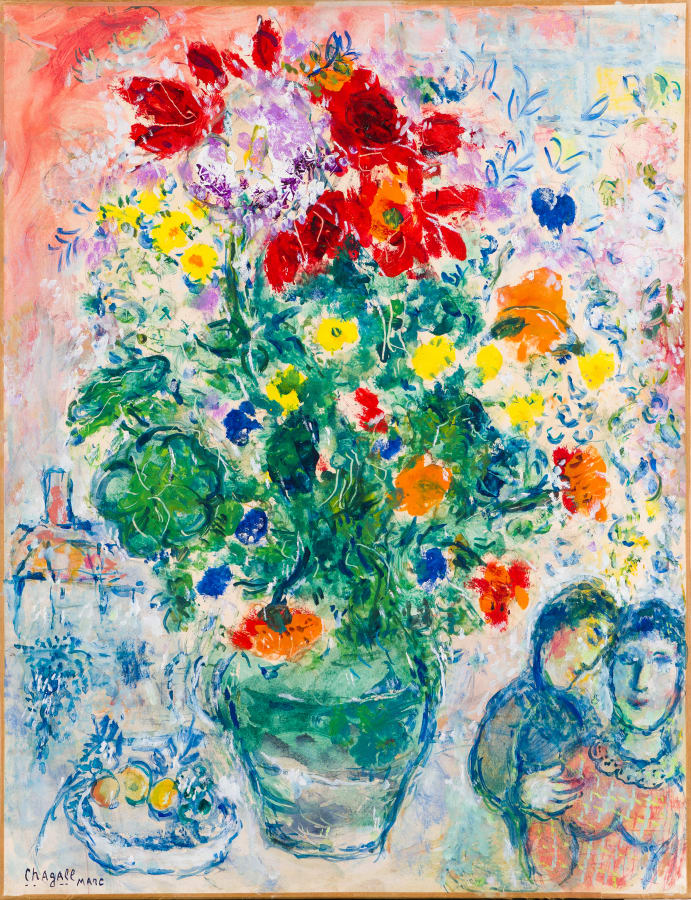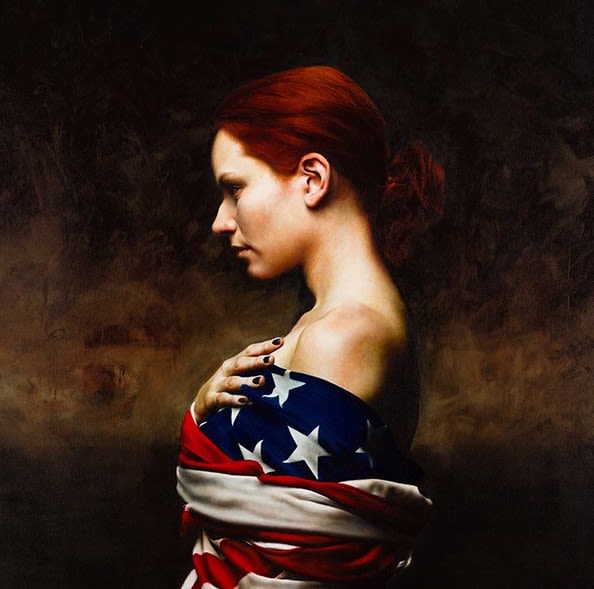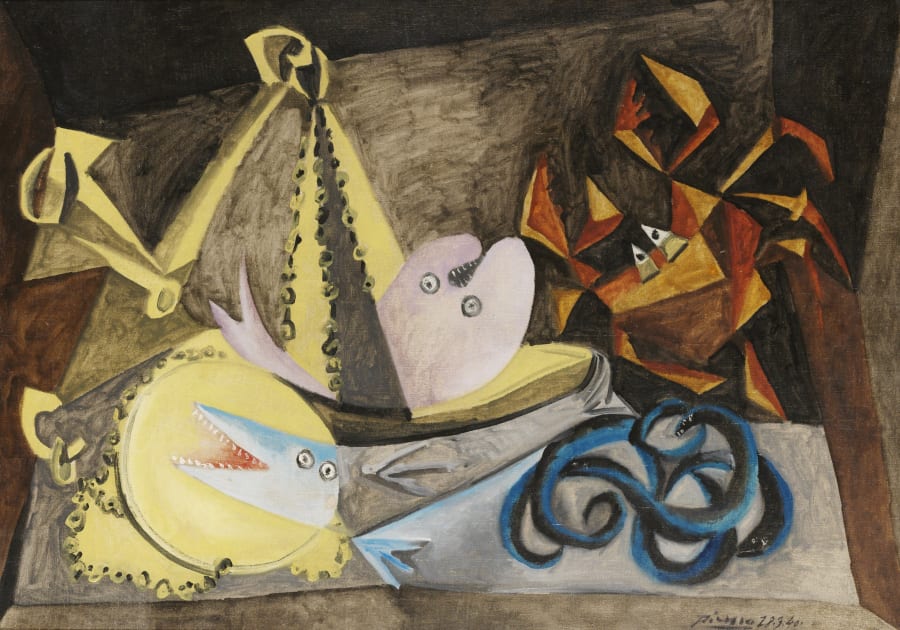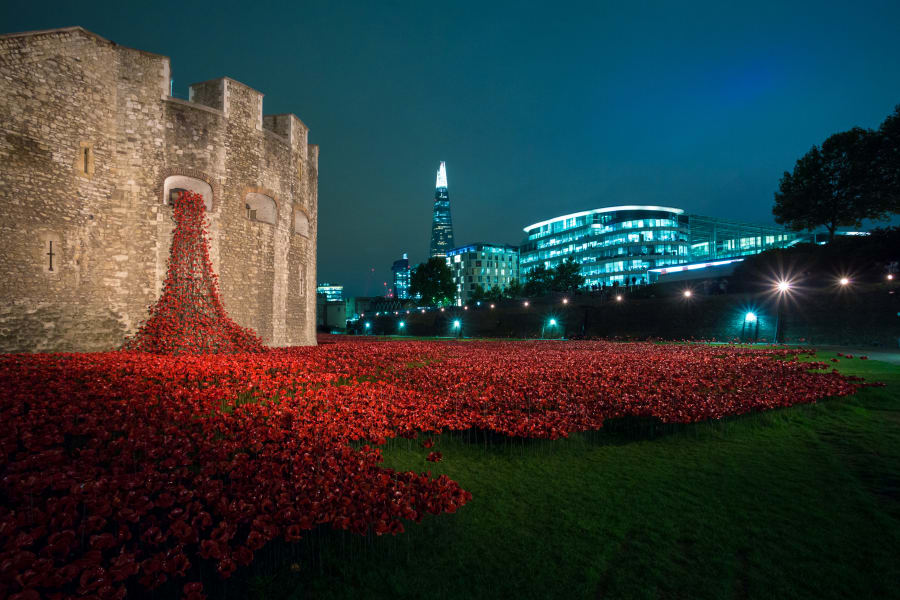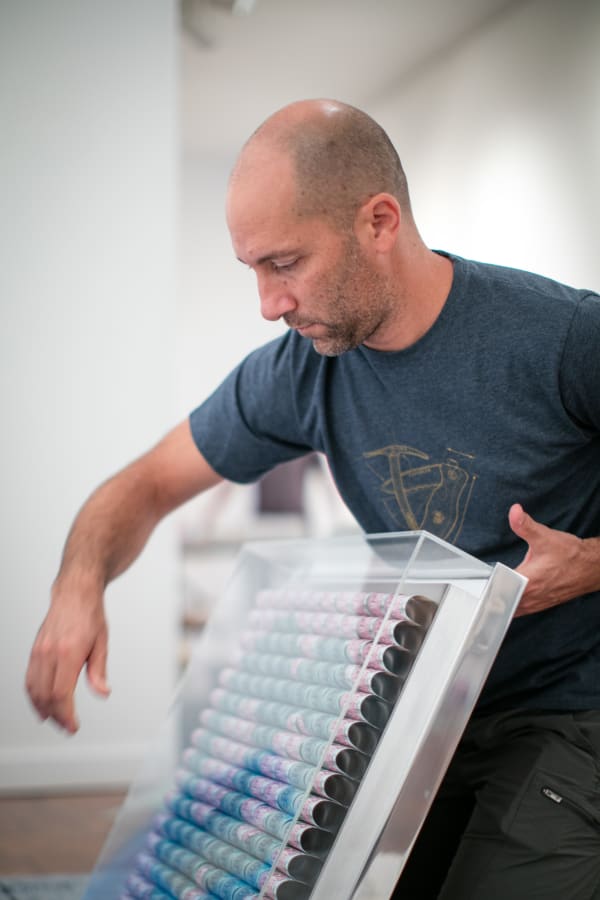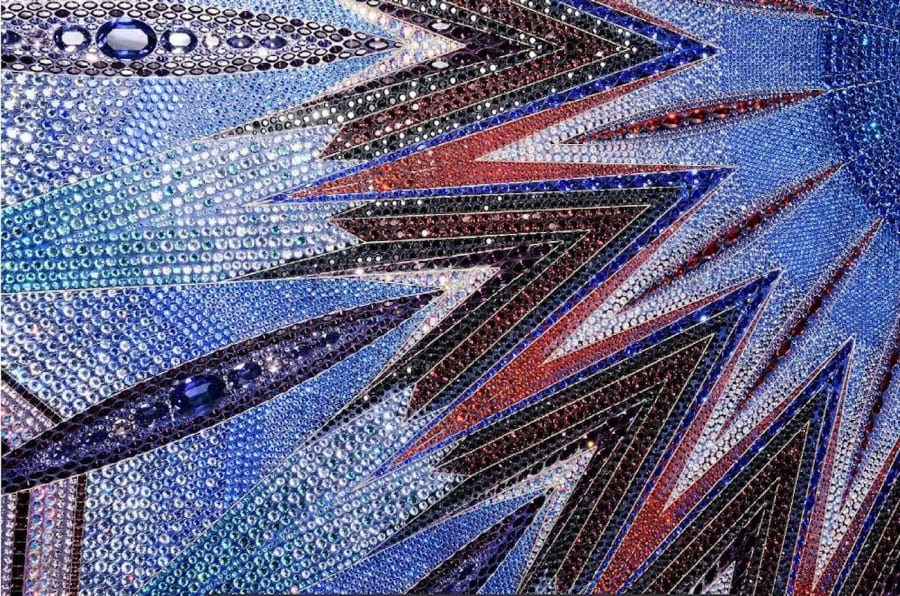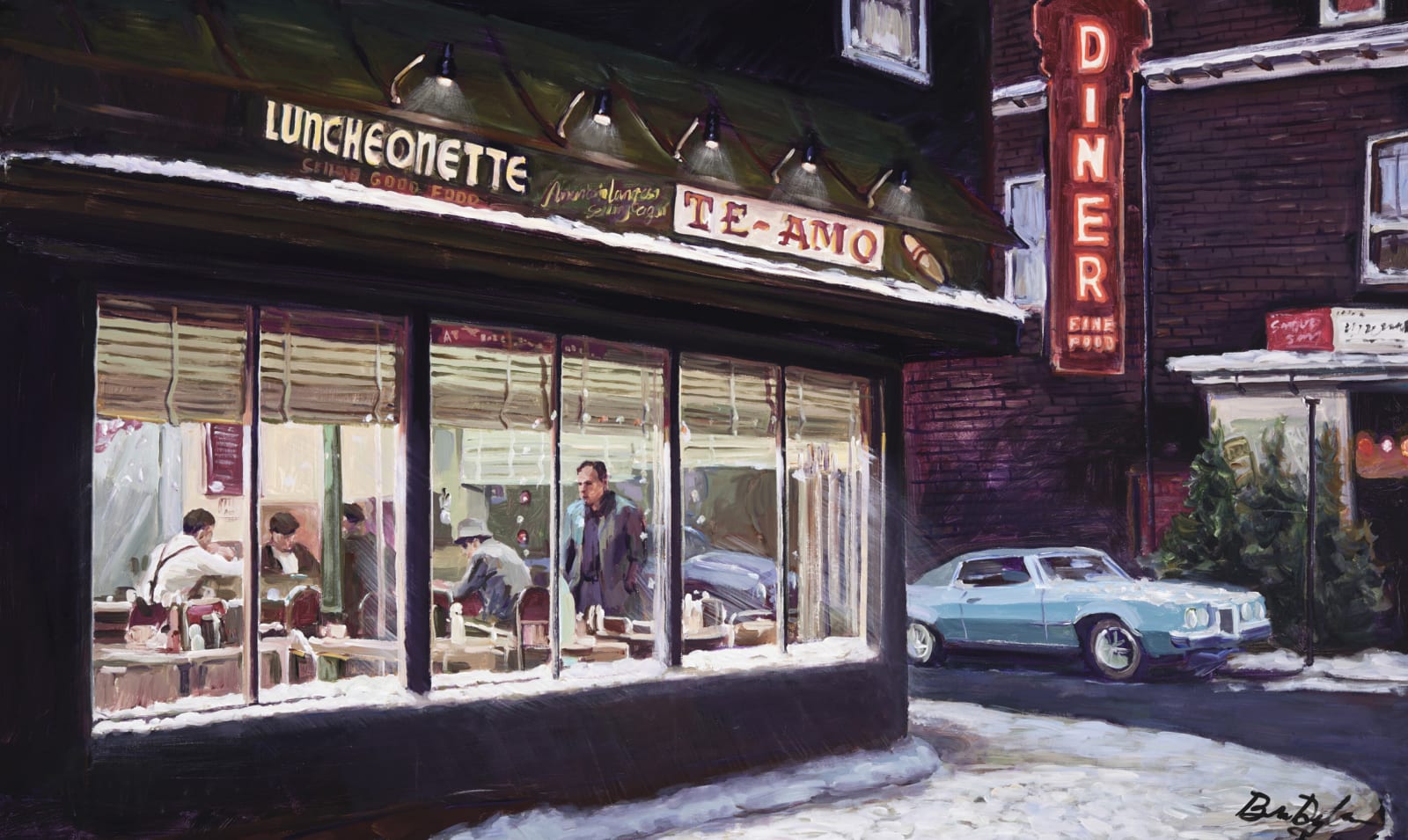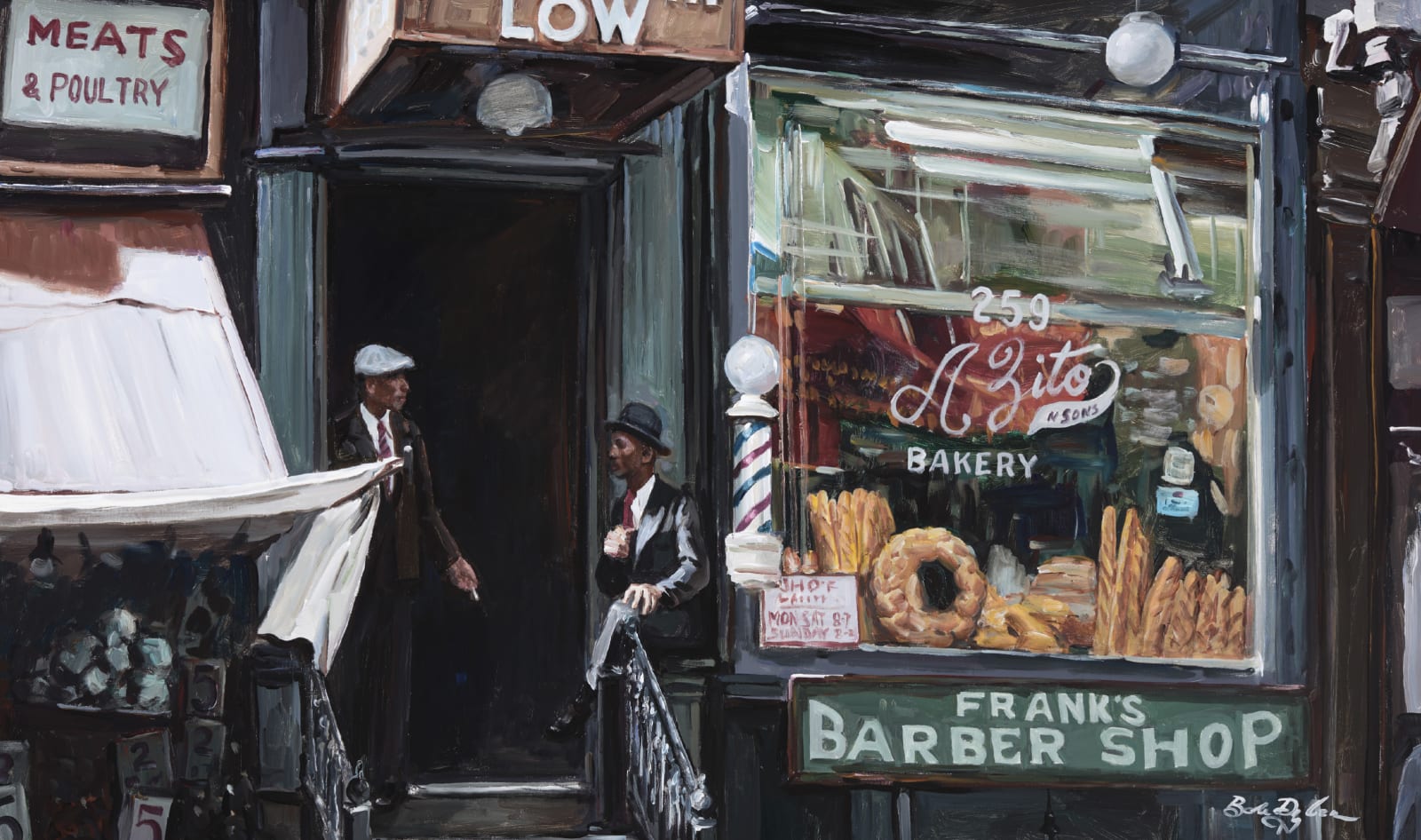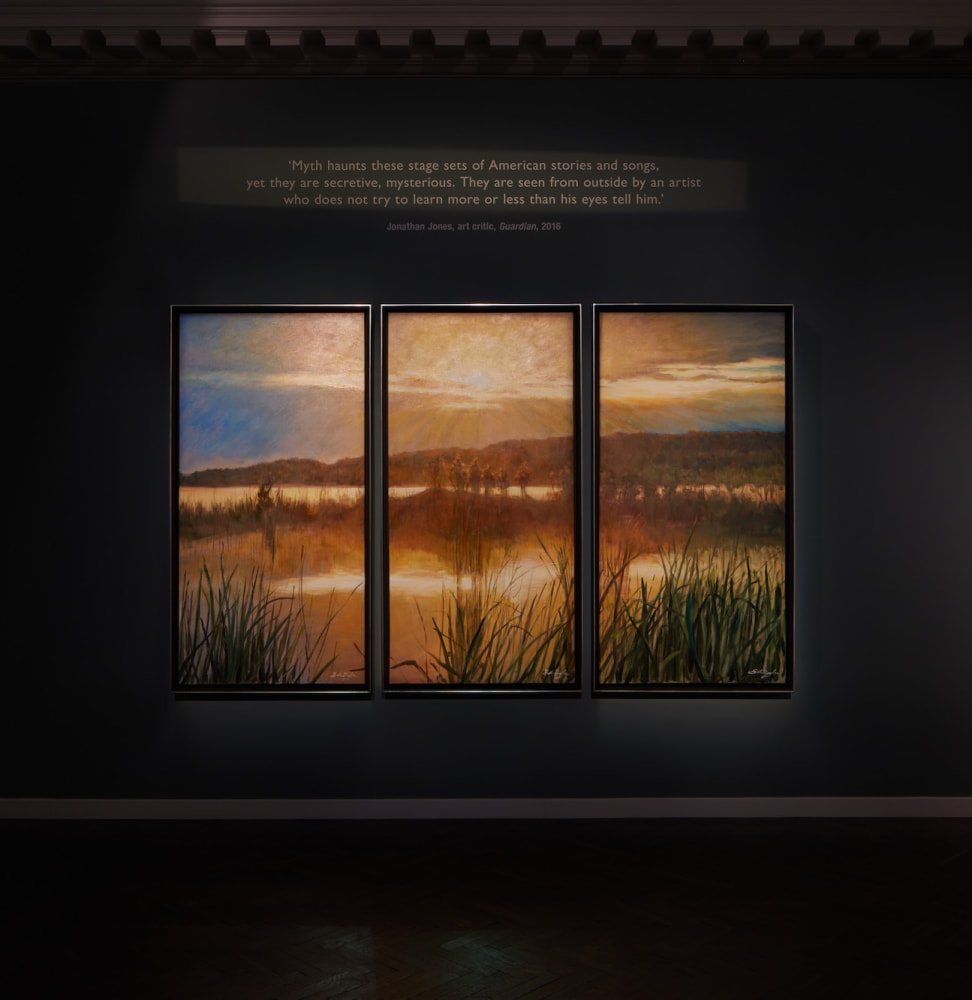Edgar Degas
French, 1834-1917
Degas was a French painter and sculptor whose innovative composition, skilful drawing and perceptive analysis of figures in motion made him one of the masters of modern art in the late nineteenth century. 'People call me the painter of dancing girls', he said to the art dealer Ambroise Vollard. 'It has never occurred to them that my chief interest in dancers lies in rendering movement and painting pretty clothes.'
Hilaire-Germain-Edgar Degas was born into a well-to-do banking family in Paris on 19 July 1834. After leaving school he briefly studied law before enrolling at the École des Beaux-Arts in 1855. There he learned from Louis Lamothe (1822-1869), a disciple of the famous French classicist Jean-Auguste-Dominique Ingres, developing the great drawing ability that was to be a characteristic of his art. He also spent a considerable amount of time copying Old Masters at the Louvre and in Florence, Rome, Assisi and Naples.
Degas is sometimes classed with the Impressionists, and indeed he exhibited with them in seven of their eight exhibitions. However, his training in classical draughtsmanship and his dislike of painting directly from nature produced a related but distinctive style. After 1865, under the influence of the budding Impressionist movement, Degas moved away from historical subjects and portraits in favour of contemporary themes. Unlike the Impressionists, he preferred to work in the studio, as he was not interested in the study of natural light. He was attracted by theatrical subjects and most of his works depict racecourses, theatres, cafés, music halls or boudoirs.
Degas was a keen observer of humanity - particularly of women, with whom his work is preoccupied - and in his studies of dancers, milliners and laundresses he cultivated objectivity, attempting to show his subjects in poses as natural and spontaneous as those recorded in action photographs. An interest in Japanese prints led him to try out unusual visual angles and asymmetrical composition. He liked to depict his models in private activities, as if they were unaware of him watching through a keyhole. Setting up bathing scenes in his studio, he captured the intimacy of these fleeting everyday moments with a sensitivity to female form gained from careful observation of dancers. The contemporary author and art critic J.-K. Huysmans appreciated Degas' skill and significance: 'What we may see in these works is the unforgettable veracity of these types, captured with a deep-seated and ample draughtsmanship'.
During the Franco-German War of 1870 to 1871, Degas served in the artillery. On his return he resumed painting groups of people - musicians, actors, office workers - experimenting with juxtaposing and superimposing figures. In the 1880s, when his eyesight began to fail, he worked increasingly in two new media that did not require intense visual acuity: sculpture and pastel. His sculptures, like his paintings, catch figures in motion: physical effort marks out his ballerinas, and the women drying themselves after bathing twist realistically. Degas' pastels are generally less complex compositions than his large groups of the 1870s. At this stage the artist depended more on vibrant colours and bold gestures than on precise lines and detailing; but, in spite of this, the works are eloquent and expressive, with a simple grandeur unsurpassed by his earlier output.
Although such other contemporary artists as Claude Monet and Paul Cézanne painted sequences of pictures reworking a subject from different angles or under changed weather conditions, it was Degas who truly made the series the foundation of his method. Curator and art historian Richard Kendall writes: 'There is no precedent for the pervasiveness of Degas' later serial practice, which accounted in his last decades for the overwhelming majority of his pictures. By the turn of the century, the majority of his drawings, pastels, and even sculptures were linked through tracing, replication, and a shared dynamism.' Pauline, one of Degas' models, explained: 'He painted the subject with different tones, endlessly varying the colors until one of the pastels pleased enough for it to be completed', while the artist himself stated: 'It is essential to do the same subject over again, ten times, a hundred times'.
Degas was not well known to the public and his true artistic stature did not become evident until after his death. He died in Paris on 27 September 1917.
